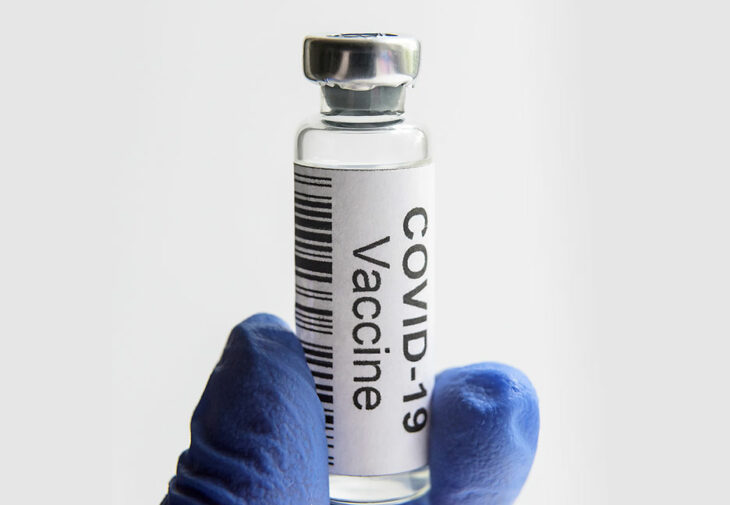By Dr. Nicholas Conger and Dr. Jesse Penico
After many months of suffering, there’s a light at the end of the pandemic tunnel: vaccines with extremely high success rates. Here, Dr. Nicholas G. Conger and Dr. Jesse Penico, infectious disease specialists affiliated with Memorial Hospital, weigh in on the recent breakthrough.
Q: Please give us an overview of the major vaccine announcements we’ve seen recently. How do these vaccines work? How huge of a breakthrough are they? What did it take to develop them this fast, (how long would it take typically)?
A: The Pfizer and Moderna vaccines, and a third promising one from Astra Zeneca, work by inducing your immune system into making an antibody against the virus. They have different targets, but all appear to be quite effective. All of them are reporting that preliminary studies show greater than 90 percent efficacy, which is excellent for a vaccine.
This is a huge breakthrough and occurred in record time. All the people that worked on these vaccines and the people who funded them and supported them should be very proud of this achievement. Those vaccines take many years to develop. There are some infections that we are not able to make vaccines for despite years of research. For an infection like this that can infect almost the entire population, an effective vaccine is a game changer
Q: When do you think a vaccine will reach south Mississippi? How long do you think production and distribution will take in general, and how will it be accomplished?
A: Vaccines were expected to be available for healthcare workers as early as mid-December of 2020; the same applies to nursing home residents. Those are the two highest-priority populations.
Early this year, January or February at the latest, it should be more widely available for the general population.
Q: Do you think such a vaccine will be safe, and should people take it when it becomes available? If we’re talking about a 90 or 94 percent effectiveness rate, what does that mean to the layperson?
A: All three vaccines appear quite safe based on the preliminary data available to review. It looks like the vaccines that require two doses may cause pain, redness and inflammation at the injection site, like vaccines can do. In addition, you might feel a bit ill the day you receive it, but that usually means it is stimulating your immune system as intended.
Efficacy of 90 to 95 percent is excellent for a vaccine. Compare that to the flu vaccine, which averages between 49 and 50 percent effective annually.
We have said it will take herd immunity or mass vaccination to end this pandemic. A vaccine with efficacy greater than 90 percent could rapidly lead to herd immunity. Additionally, in some of the vaccine trials, the few patients who caught coronavirus despite vaccination had shorter, less aggressive infection courses.
Q: What span of coverage would a vaccine provide? Will it need to be repeated annually, semi-annually? Would it protect against certain strains or any strain?
A: There are two current strains, and the vaccines protect against both. They are unlikely to protect against other varieties of viruses. The levels fall after several months, but whether the immune system will need the help of memory remains to be seen.
It is yet to be determined whether we will need repeat doses or annual boosters of this vaccine. It will depend on exactly how efficacious it is and what it does to the rate of ongoing spread in the community.
Q: What will the overall effect of this be? Will it reduce the toll on our healthcare system? Will things return more to normal, or will masks, social distancing, etc. be necessary for a while?
A: Experts hope that the vaccines’ widespread inoculation will create enough immunity to provide herd immunity and finally stop the pandemic. We are all hoping that this could lead to a return to normalcy


